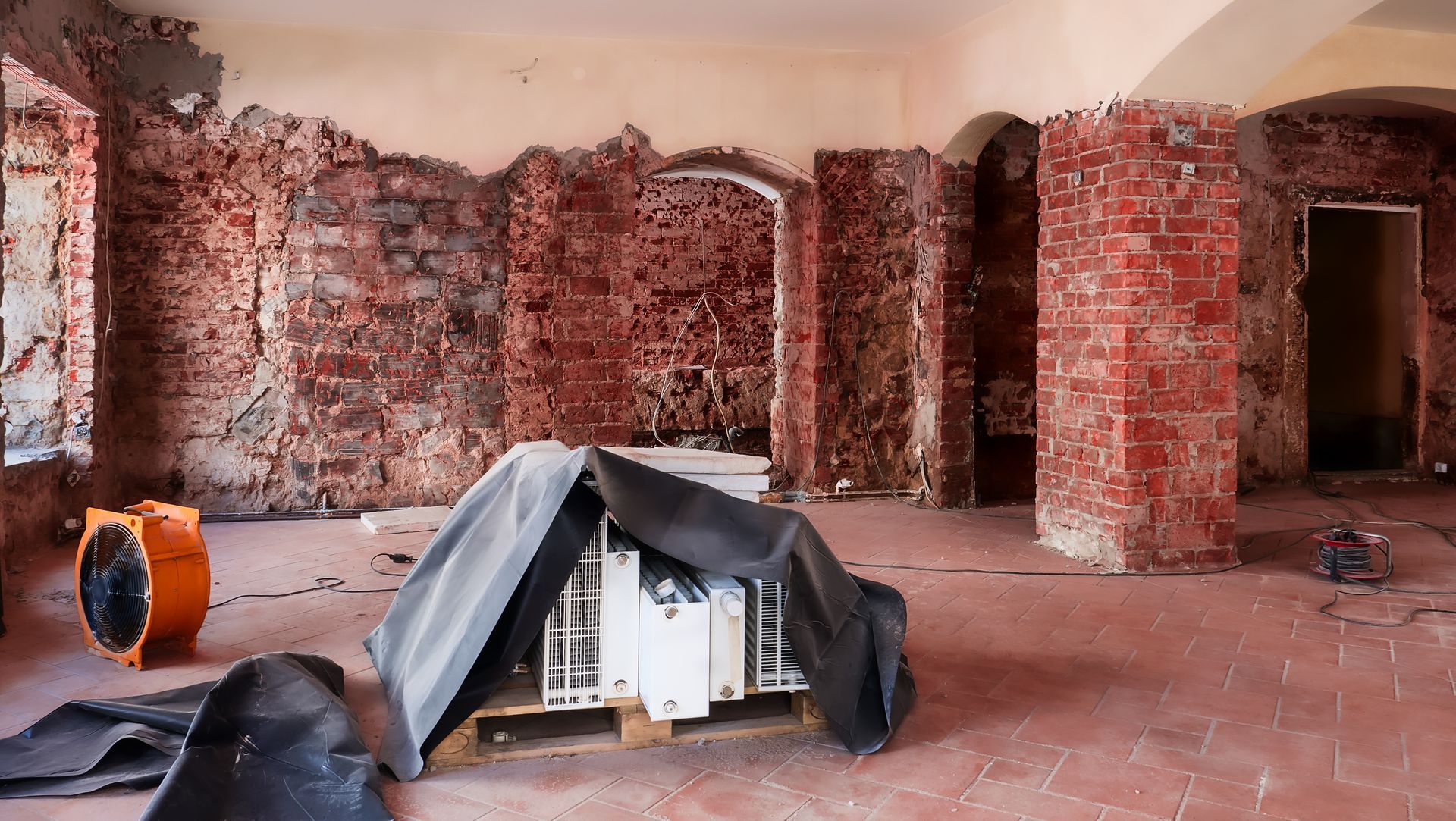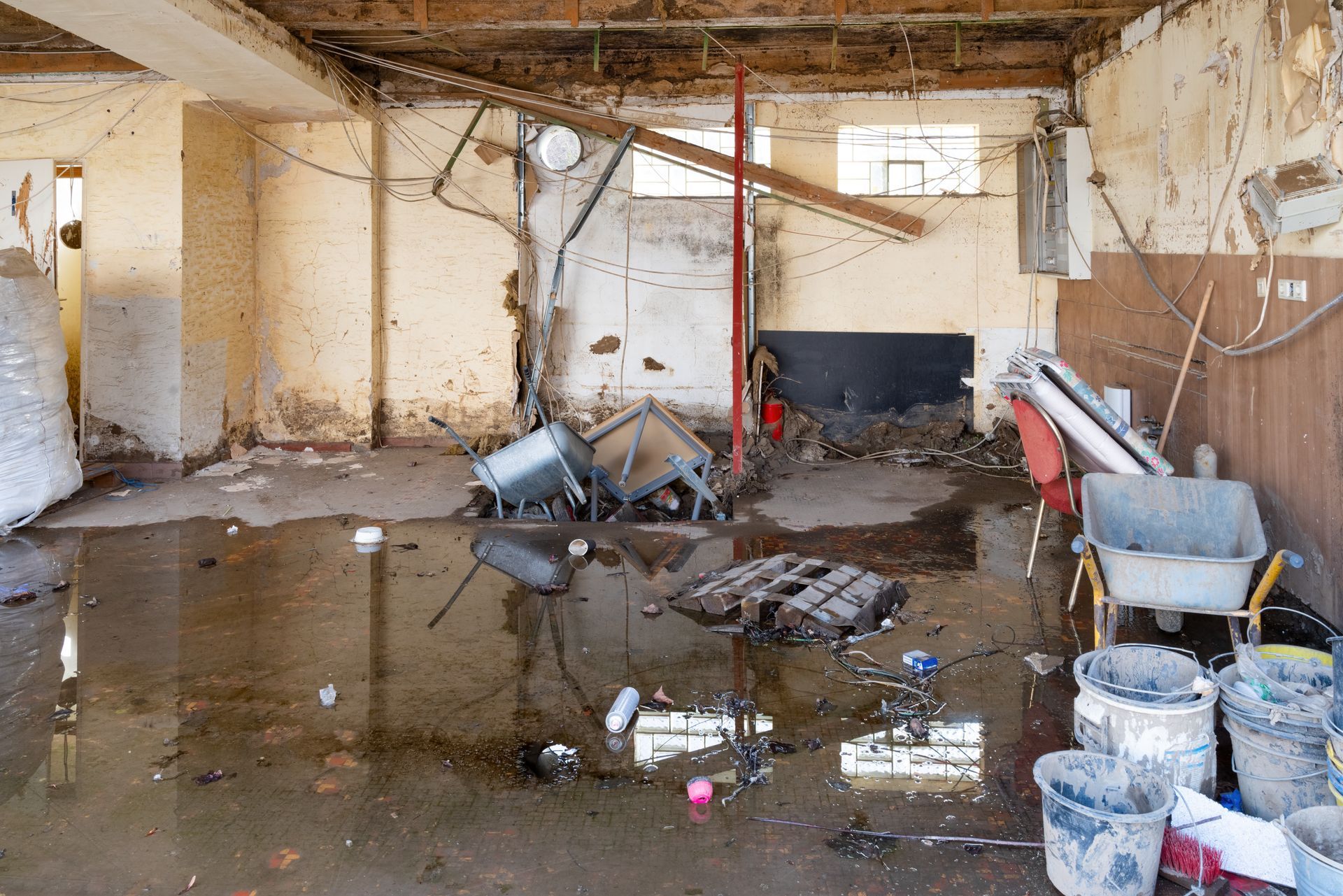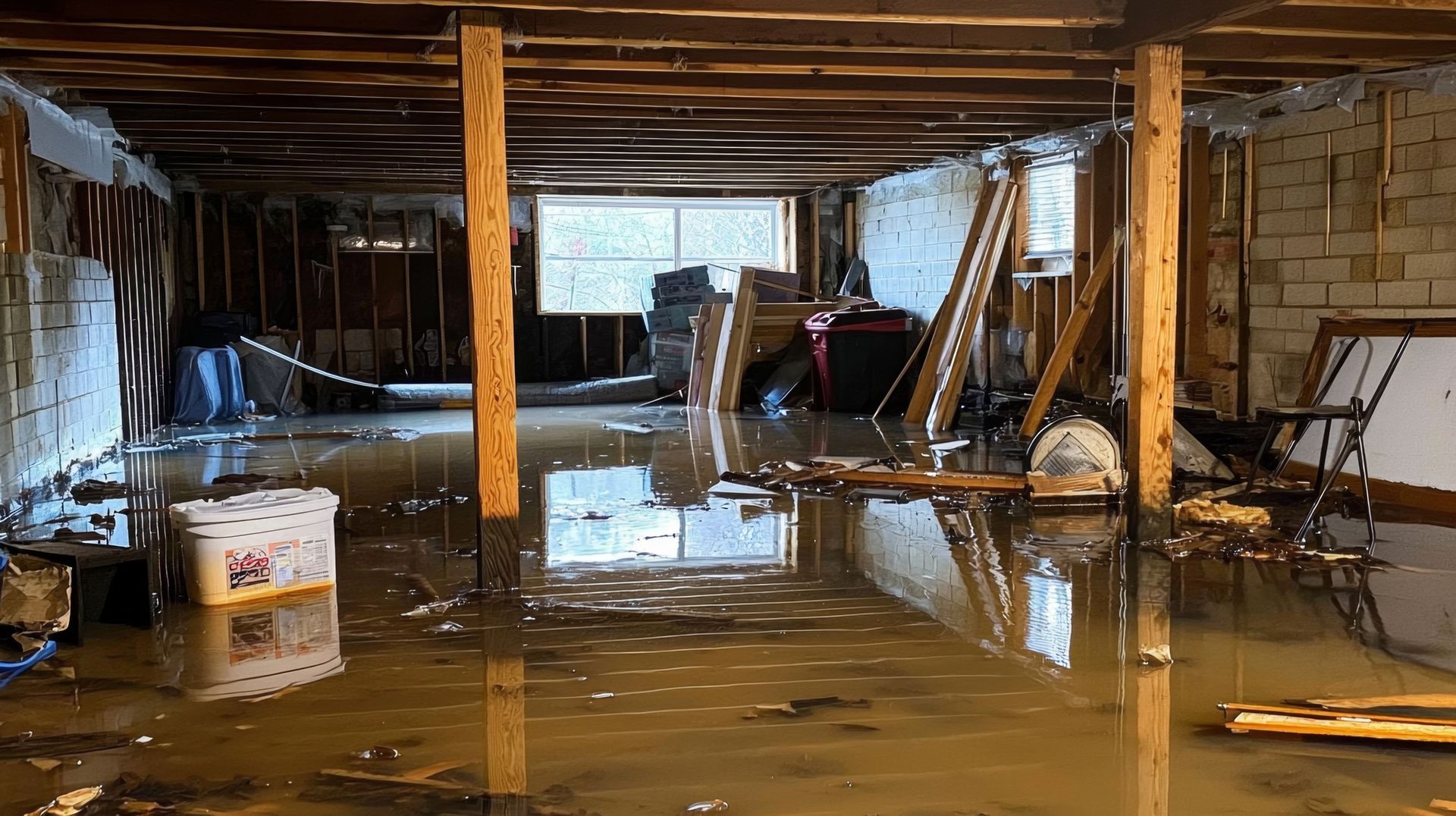5 Tips To Winterize Pipes
Although you may believe that pipes burst a the point where water freezes, pipes actually burst at the point between the freeze and a closed faucet. When pressure builds due to ice blockage, it has no where to go but through the pipe walls, leading to extensive water damage. By winterizing your home, you’re able to stop frozen pipes before thy happen and prevent expensive water damage by properly insulating the pipes in your home!
- Pipe insulation
Pipes are more prone to freezing damage when temperatures drop below 20 degrees. Having insulation is your first line of defense against cold temperatures and frozen pipes. Take it from the pros! Adding thicker layers of insulation around your pipes should put your mind at ease this winter season.
Insulate the pipes in all unheated areas, as they are most likely to freeze. A hardware or plumbing supply store should have all the insulation and tools that you need. Wrap the pipes in insulation tubes made of polyethylene or fiberglass.
Measure the diameter of your pipes to make sure you purchase the corrects size of tube. Take extra care with pipes that have frozen during previous winters or have been repaired in the last 12 months, as these are more prone to damage.
2. Keep a dripping faucet
When the temperatures drop below freezing, turn on faucets along the exterior walls to create a small, steady drip. This eliminates pressure that can build between the faucet and an ice blockage. Even if a pipe freezes, it may not burst.
3. Open cabinets
You can stop frozen pipes by introducing more heat. Open all sink-based cabinet doors along exterior walls to allow more heat to reach pipes.
4. Fix exterior cracks
Take notice of all cracks or holes along the outside walls and foundation of your home. Fill these holes and cracks with spray foam insulation and caulking. This can help stop the cold air from coming in contact with your water pipes during freezing temperatures.
5. Seal off crawl space
Any beam homes with ventilated crawl spaces should be sealed against cold weather. Cover your vents with heavy-duty pieces of cardboard cut to fit the vents, duct taping the cardboard in place. Don’t forget to seal off access to the crawl space. Check for worn or missing insulation around garage and utility doors. Reducing the amount of cold air in the area minimizes your pipes vulnerability to freezing.
If a pipe in your home or business bursts this season, call the team that cares! We’re available 24/7!






